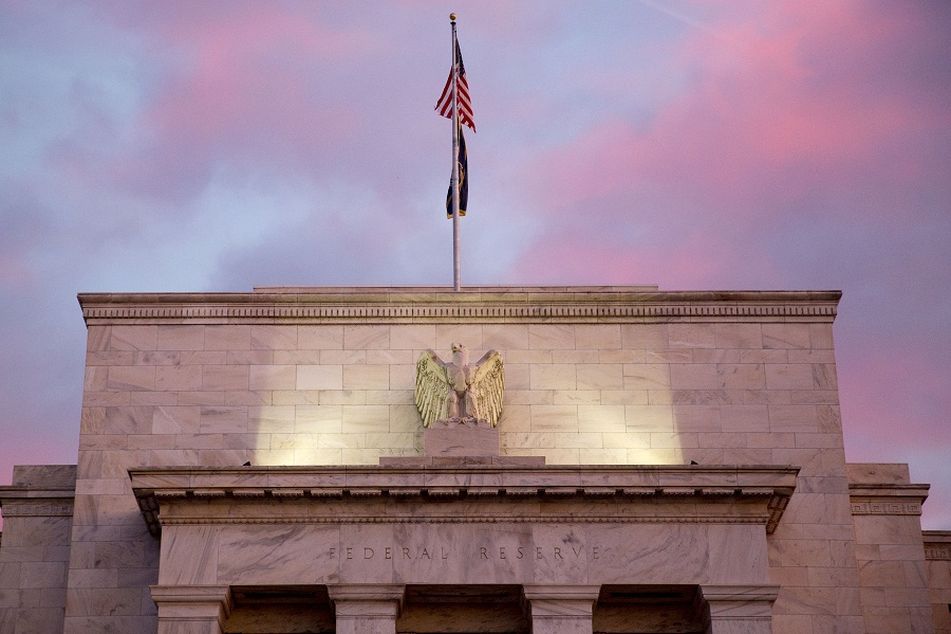Fed rescue efforts force advisers to rethink asset allocation

The agency’s emergency efforts to rescue the economy are already being viewed as uncharted territory
Fixed-income experts are giving the Federal Reserve kudos for stepping in quickly to minimize the economic fallout from the COVID-19 pandemic, but that doesn’t mean there won’t be significant consequences from the unprecedented monetary and fiscal policy actions.
For financial advisers trying to interpret the Fed’s actions and navigate client portfolios accordingly, the challenge is just beginning.
“The U.S. economy had a massive heart attack and the Fed is trying to perform surgery so the patient can be moved to the recovery room,” Frank Rybinski, chief macro strategist at Aegon Asset Management, said during a webcast this week.
“The Fed is trying to add liquidity by making sure the funds are there so businesses can stay viable,” he added. “For what the Fed knew at the time they’ve properly addressed, and I think they’re doing what’s necessary for what they know now.”
But the near-term and longer-term ripple effects of the Fed’s emergency efforts to rescue the economy are already being viewed as uncharted territory.
“What the Fed has done is changed the price but not the fundamentals [of certain assets], and I have to recognize that and it’s forcing me to step away,” said Crit Thomas, global market strategist at Touchstone Investments.
What has Thomas and other credit experts so concerned is a multitrillion-dollar Fed stimulus program that for the first time in history involves buying municipal bonds and corporate debt, including below-investment-grade debt.
“I’ve been telling clients, the fixed-income space is broken,” he said. “I can give you protection but there’s no income, or I can give you income, but it’s not fixed and the environment keeps changing. But you still have to be diversified and selective, so you want to focus on quality because of the tail risk that some companies won’t make it.”
Richard Saperstein, managing director and chief investment officer with Treasury Partners at HighTower, agreed that the deck has been reshuffled and nobody knows yet what the results will look like in the fixed-income space.
“The Fed had to get more aggressive, so it started engaging in this highly unorthodox policy,” he said. “But now the Fed has distorted the yield and credit spreads and investors have to be cautious about the sectors and issuers they buy because the biggest risk investors face right now is to look at the moral hazard and walk right into it.”
Even with the Fed effectively propping up some junk bonds, Rybinski thinks investors should approach high-yield debt with caution, if at all.
“We think you’ll have a drawn-out recovery, which is why we’re cautious on the high-yield space that typically starts performing during the last third of a recovery,” he said. “Given that, investment grade is more attractive to us. I think it will be tougher sledding for high yield.”
With “lots of downside” potential from the Fed’s stimulus efforts, Saperstein said, “We might win the battle with the virus but lose the war of fiscal policy. It could be inflationary down the road.”
He continued that while the “unorthodox Fed policy is going to get the economy going,” the resulting lower bond yields “definitely could drive investors toward equities” in search of income.
On that point, Rybinski said there is some precedent.
“We saw that post-2008, where the Fed used the portfolio channel for getting people out of risk-free assets,” he said. “It’s definitely something the Fed has done in the past.”
While forcing investors into riskier assets, like equities, will drive stocks higher, Rybinski warns that equities are already expressing differing levels of risk that shouldn’t be ignored.
“Equities can tell you a similar story to what you’re seeing in credit,” he said. “Look at small caps. The larger companies have access to cash and can tap the capital markets, that’s why you’re seeing outperformance of the S&P 500 compared to the S&P 600. Focus on larger-cap companies and be more cautious with small-cap companies.”
Learn more about reprints and licensing for this article.








